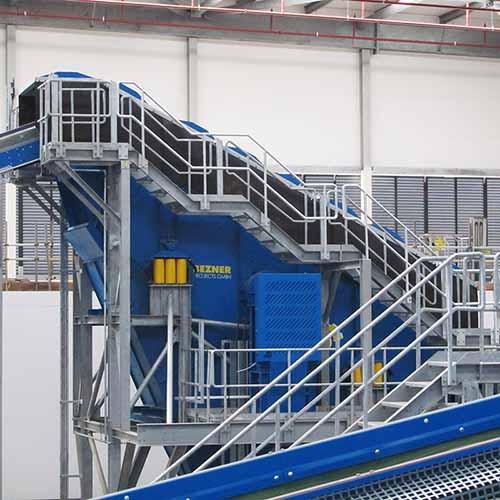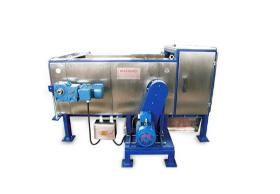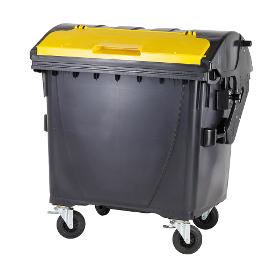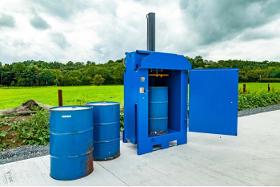- europages
- >
- Waste sorting - machines and equipment
- >
- BEZNER ANLAGEN- UND MASCHINENBAU GMBH
- >
- Linear vibrating screen
Linear vibrating screen

Description
To optimally separate waste by sort and size from a single stream or a complex mix of materials is a challenge. Part of the installation for sorting and screening waste is a linear motion vibrating screen, also called a horizontal screen.
- Waste sorting - machines and equipment
- Linear vibrating screen
- Horizontal vibrating screen
- Linear motion vibrating screen
Similar products

XIAMEN NINESUN IMP. & EXP. CO., LTD
China
Aluminum and copper recycling eccentric eddy current separator China Non ferrous
Request for a quote
MEVATEC S.R.O.
Czech Rep.
Suitable for collecting of municipal and industrial waste. ids are adjusted for collection of sorted waste possible adjustments at the customer's request. It is delivered with two braked wheels as standard. Rotary wheels of 200 mm diameter. Central brake can be delivered too. They meet EN 8402 and EN 8403 as for their dimensions. UV resistant resistant to chemical and biological impacts. Smooth surfaces avoid waste clinging. Material they are made from does not contain cadmium and can be regranulated.
Request for a quote
MACFAB SYSTEMS LTD
Ireland
Reduce your drum disposal costs of drums by compacting them down into discs. There are slots inside the machine chamber to hold the drum into place during compaction and spikes to punch the drum to drain out any residual oil into a collection tank. The high compaction radio of 5 to 1 gives businesses a massive space saving on there site and in some cases reduced disposal costs. The completely enclosed compaction chamber with safety switches installed on the loading door for safe operation of the machine. There are lifting points for a fork truck built into the base of the drum crusher for easy transport and installation.
Request for a quoteRequest for quotes
Create one request and get multiple quotes form verified suppliers.
- Only relevant suppliers
- Data privacy compliant
- 100% free
